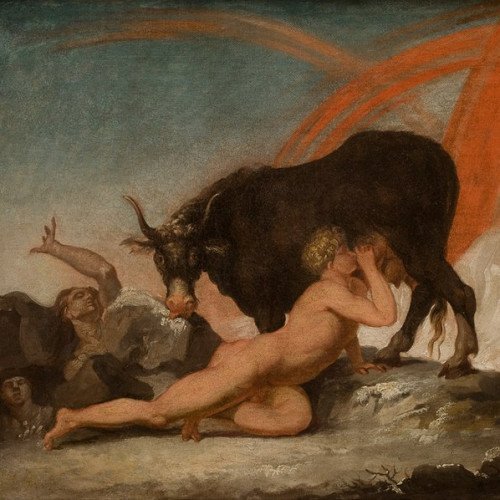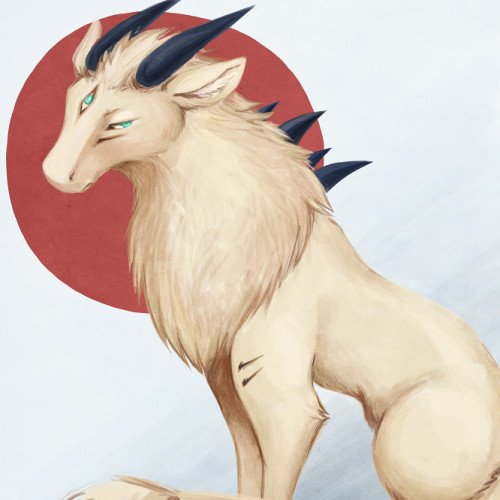Vote on Mythical creatures: Auðumbla vs Bai Ze

Auðumbla
In Norse mythology, Auðumbla is a primeval cow. The primordial frost jötunn Ymir fed from her milk, and over the course of three days she licked away the salty rime rocks and revealed Búri, grandfather of the gods and brothers Odin, Vili and Vé. The creature is solely attested in the Prose Edda, composed in the 13th century by Icelander Snorri Sturluson. Scholars identify her as stemming from a very early stratum of Germanic mythology, and ultimately belonging to larger complex of primordial bovines or cow-associated goddesses.
Statistics for this Xoptio

Bai Ze
Baí Zé (simplified Chinese: 白泽; traditional Chinese: 白澤; pinyin: Baízé; Wade–Giles: Pai-tse), or hakutaku (白澤) in Japanese, is a mythical beast from Chinese legend. Its name literally means "white marsh". The Baí Zé was encountered by the Yellow Emperor or Huáng Dì while he was on patrol in the east. Thereafter the creature dictated to Huáng Dì a guide to the forms and habits of all 11,520 types of supernatural creatures in the world, and how to overcome their hauntings and attacks. The emperor had this information written down in a book called the Bái Zé Tú (白泽图/白澤圖). This book no longer exists, but many fragments of it survive in other texts.